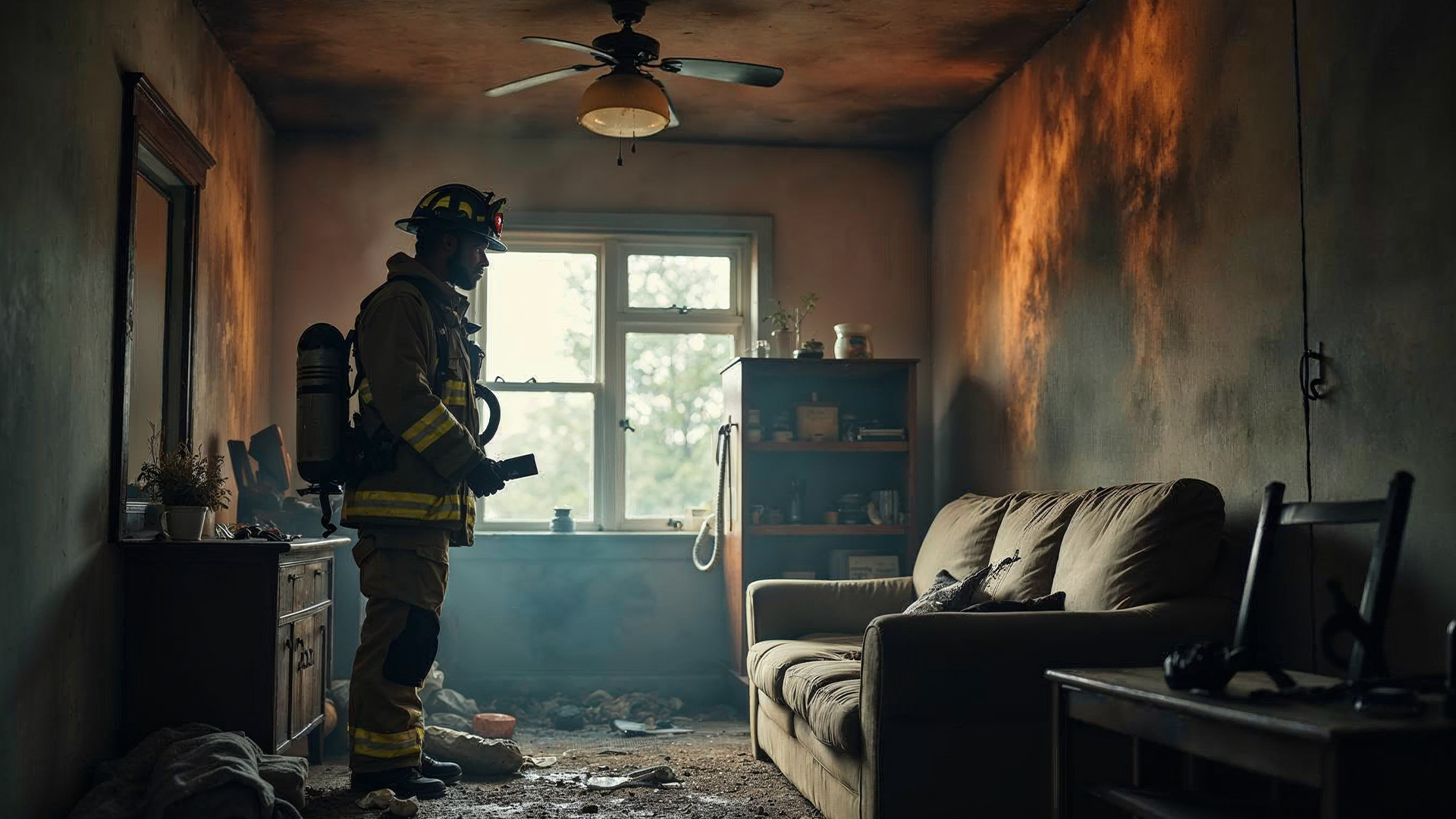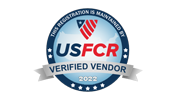Dealing with Fire Damage from a Fireplace
Fireplaces and wood stoves are cozy and warm throughout the season. But in order to keep the air healthy and reduce the risk of fire, you need to be aware of how to safely operate them and the risks they pose. Dealing with a fire damaged home because of a faulty or ill-kept fireplace is probably the last thing you want to do. Here are some tips on staying safe and healthy all while staying warm this winter.
Bad Wood
Burning wood improperly can produce dangerous emissions such as carbon monoxide, organic gas, and heavy smoke. To avoid this danger:
-Avoid burning softwoods, and never burn newly cut or wet wood.
to allow the dissipation of creosote oil.
-Don’t burn wood that has been painted, treated or made with glue (such as particle boards).
-Never burn papers that contain bleaches or dyes. The particles produced by these can clog the air passages in a fireplace or wood stove and also produce noxious, corrosive or even carcinogenic gasses.
Chimneys
-In the fall, it’s necessary to watch for a weak chimney draft. The difference in temperature between chimney smoke and the outdoor air can cause all sorts of problems such as cracks, a faulty chimney, and smoke not rising as quickly as it should which could cause too much smoke to be in the room.
-Back-puffing is also a danger. An obstructed chimney causes smoke to build up in the house. Blockage can be caused by soot and creosote buildup or by other acts of nature such as bird’s nests.
-Have your chimney inspected and/or cleaned at least once a year
Precautions to Take Before Lighting a Fire
-Use proper fireplace equipment.
-Keep a grate under the firebox that allows the fire to “breathe” and ensures proper combustion of the firewood.
-When building a fire, place the wood at the back of the fireplace.
-Keep a fire extinguisher nearby.
-Don’t put rugs in front of the fireplace unless they are non-combustible hearth rugs made especially for the purpose.
-Have protective doors or a fire screen in front of the fire.
-Keep all combustibles at least 36 inches away from the fire, but the further away, the better.
-Make sure that your fireplace has proper clearances when it is installed. If not, the heat of usage over the years can cause a dangerously low “ignition” temperature to surrounding wood, in a hidden space behind your wall or in the flue chase. You won’t know it’s happened until a fire breaks out.
-Check for bird’s nests not only in the flue or chimney but on the roof or in trees above the chimney opening. The first fire of the season could send a hot ember to a nearby nest that falls on your roof or in your attic.
Having a fireplace can truly bring a room together and make it that much cozier, but the last thing you want is for it to turn your room into a health hazard or worse, light up in flames and settle into ash. Take the proper precautions to prevent fire damage and continue to cozy up next to the fire this winter.
If a fire does break out in your home or on your property do not hesitate to contact Advanced Disaster Recovery Inc. for fire damage cleanup and repair services. Our technicians are available 24/7.









